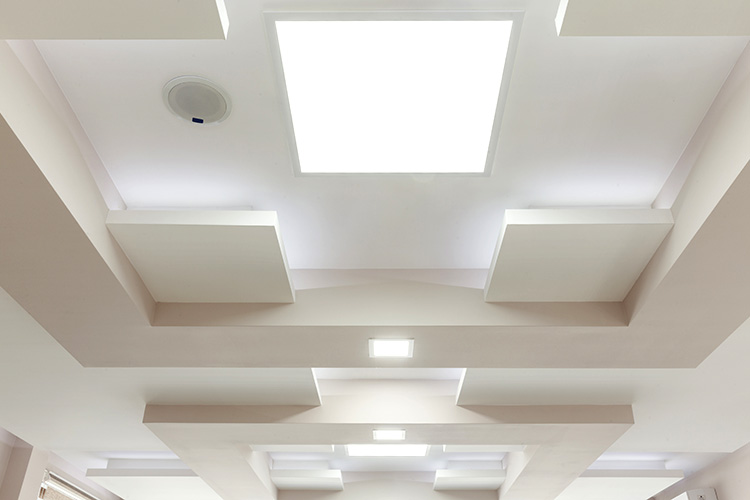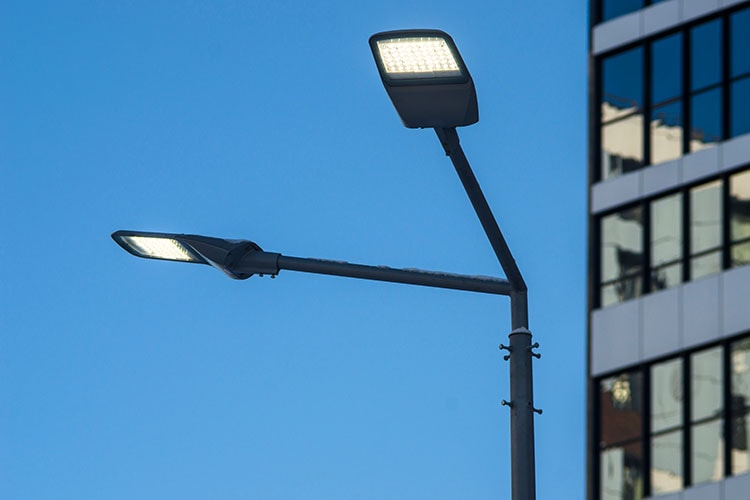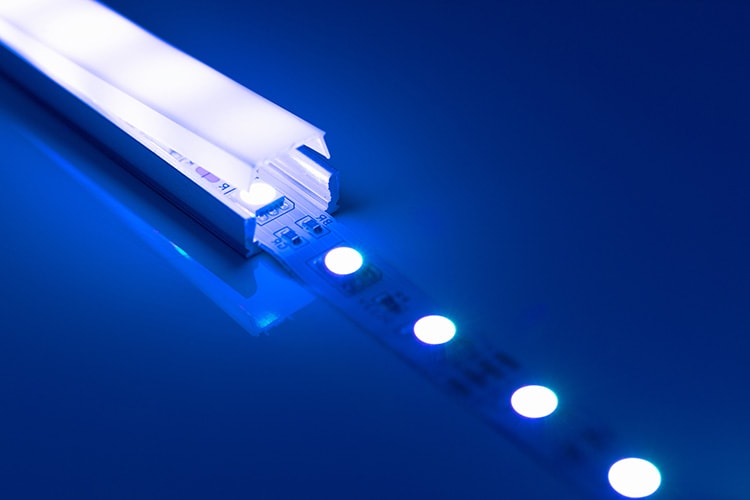Optimum lighting — maximum transparency without irritating light spots.
Find the balance between transmission, scattering effect and spot coverage.
PolypearlTM microbeads help you to adjust the required optical effects of your plastics.
We recommend PolypearlTM ME series as „state of the art“ light diffusion agent for PC and PMMA.
High purity and excellent thermal stability prevent yellowing. The narrow, controlled particle distribution and the low refractive index of 1.42 ensure a uniform light diffusion and spot coverage at low dosage levels.
-
Advantages
- temperature-resistant
- no yellowing
- homogeneous, narrow particle distribution
- homogeneous light diffusion
- good spot coverage
- very effective, low addition level
- good compatibility
- widely usable in PET, PC, PA, PS, PMMA, silicone
-
Application
Compounds & Masterbatches for:
- luminous profiles
- lamp covers
- light diffusion films & profiles
- LED cover / LED lights
- LCD displays
- optical lenses
- lightning plates
Applications

light diffusion agent for modern ceiling illumination

light scattering in streetlights

homogenous light diffusion in automobile headlights

light diffusion in displays

light design automobile interior

LED spot covering in luminous profiles
Products
| Product | Basis | Particle size | Refractive Index |
| Polypearl ME 1.0 | Basis: PMSQ | Particle size: 1 µm | Refractive Index: 1.42 |
| Polypearl ME 2.0 | Basis: PMSQ | Particle size: 2 µm | Refractive Index: 1.42 |
| Polypearl ME 4.0 | Basis: PMSQ | Particle size: 4 µm | Refractive Index: 1.42 |
| MH 3 FHD | Basis: PMMA | Particle size: 3 µm | Refractive Index: 1.49 |
| MH 4 FHD | Basis: PMMA | Particle size: 4 µm | Refractive Index: 1.49 |
| MH 5 FHD | Basis: PMMA | Particle size: 5 µm | Refractive Index: 1.49 |
| MS 3 FHC | Basis: PS | Particle size: 3 µm | Refractive Index: 1.59 |
| MS 5 FHC | Basis: PS | Particle size: 5 µm | Refractive Index: 1.59 |
Light Scattering Additives
in Detail
LEDs are environmentally friendly and efficient
LED lights are used in many everyday applications. LED lamps have a high light output and a long service life. Overall, the LED lamp needs around 80% less energy than a conventional light bulb. In order to dim the glaring light of the LEDs, light profiles and LED covers with light scattering additives are produced.
Why are light scattering agents used?
LED lights have a bright light and are dazzling. If the light is scattered, it is glare-free and provides pleasant and soft lighting. Light scattering agents cause the homogeneous scattering of the punctiform LED light.
What light scattering agents are there?
Inorganic and organic additives are used for even, effective light scattering:
• ME series (organic microbeads based on silicone binding agents)
• MH FHD series (highly cross-linked PMMA)
• MS FHC series (polystyrene microbeads)
How do the light scattering additives work?
The principle of light scattering is based on the different refractive indices of the materials used. The silicone binding agent ME has a refractive index of 1.42, PMMA microbeads have a refractive index of 1.49. The higher the difference in the refractive indices, the stronger the light scattering.
What is the half-value angle?
The half-value angle is a measure of the light diffusion. It is determined with a goniometer and defines the area in the light circle in which the lamp emits at least half of its maximum light intensity. The full light intensity is only reached exactly at the centre of the light circle. The larger the half-value angle, the stronger the light diffusion.
How are the light scattering agents processed?
For even scattering, the light scattering additives must be homogeneously distributed in the end product. Therefore, first a master batch or compound in the corresponding carrier material such as PC, PS, PMMA or silicone is manufactured. This is followed by the production of the lamp profile or the light scattering film, for example, with the master batch or compound.
Which additives are used for light scattering?
In practice, microbeads with a particle size of between 1 µm and 5 µm are used.
For use in polycarbonates, styrene, PET and PMMA the types ME 1.0, ME 2.0 and ME 4.0 have proved successful.
The polystyrene microbeads of the MS-FHC series are used as light diffusion additive in PMMA and PC.
In silicone, the PMMA beads MH 3 FHD, FH 4 FHD and MH 5 FHD as well als the polystyrene microbeads MS 3 FHC and MS 5 FHC, which are temperature resistant and suitable for extrusion, are used.